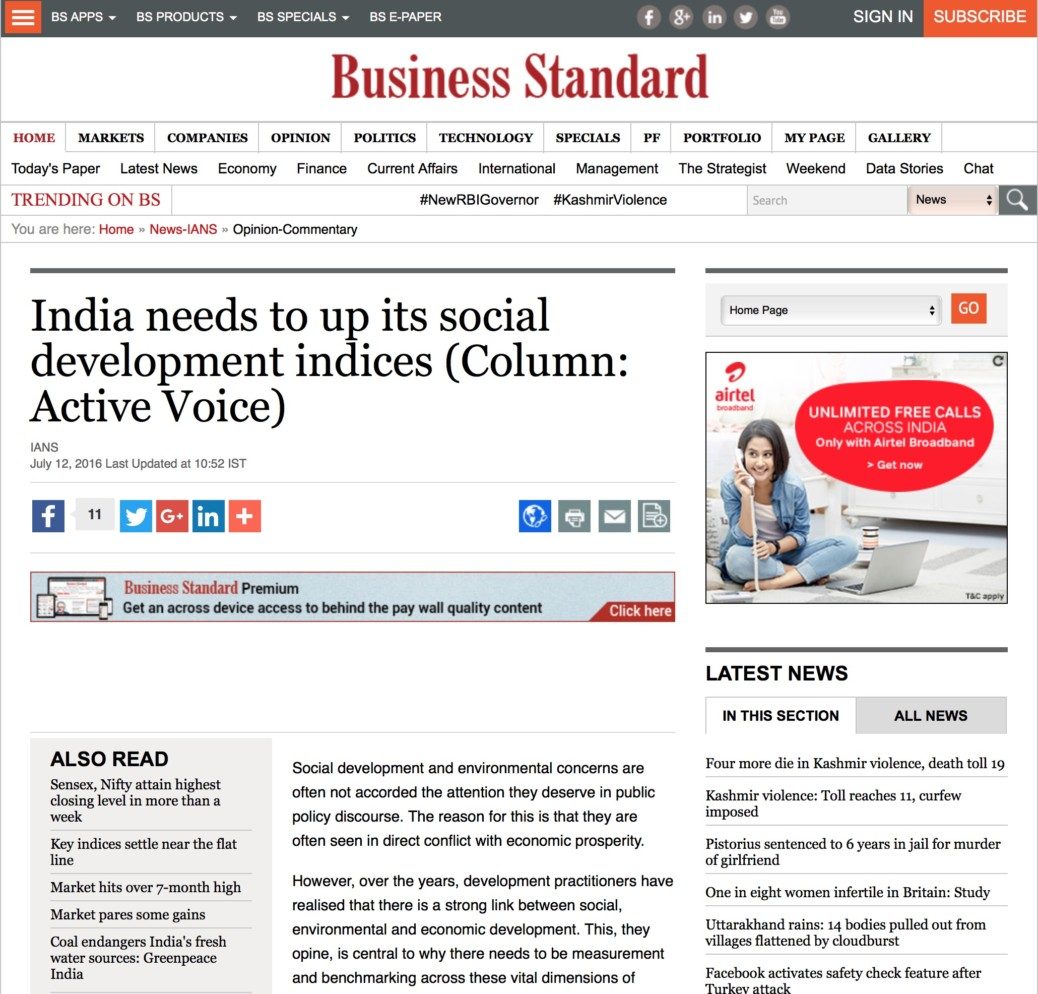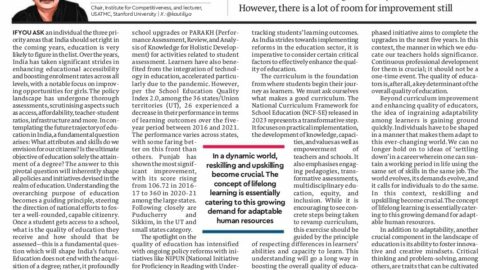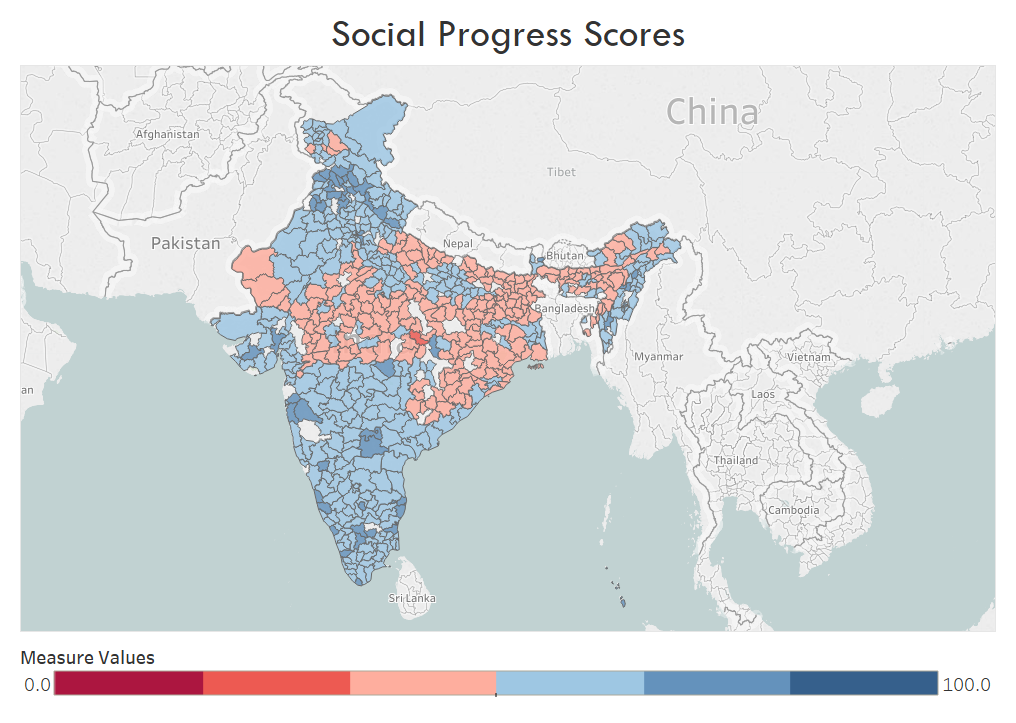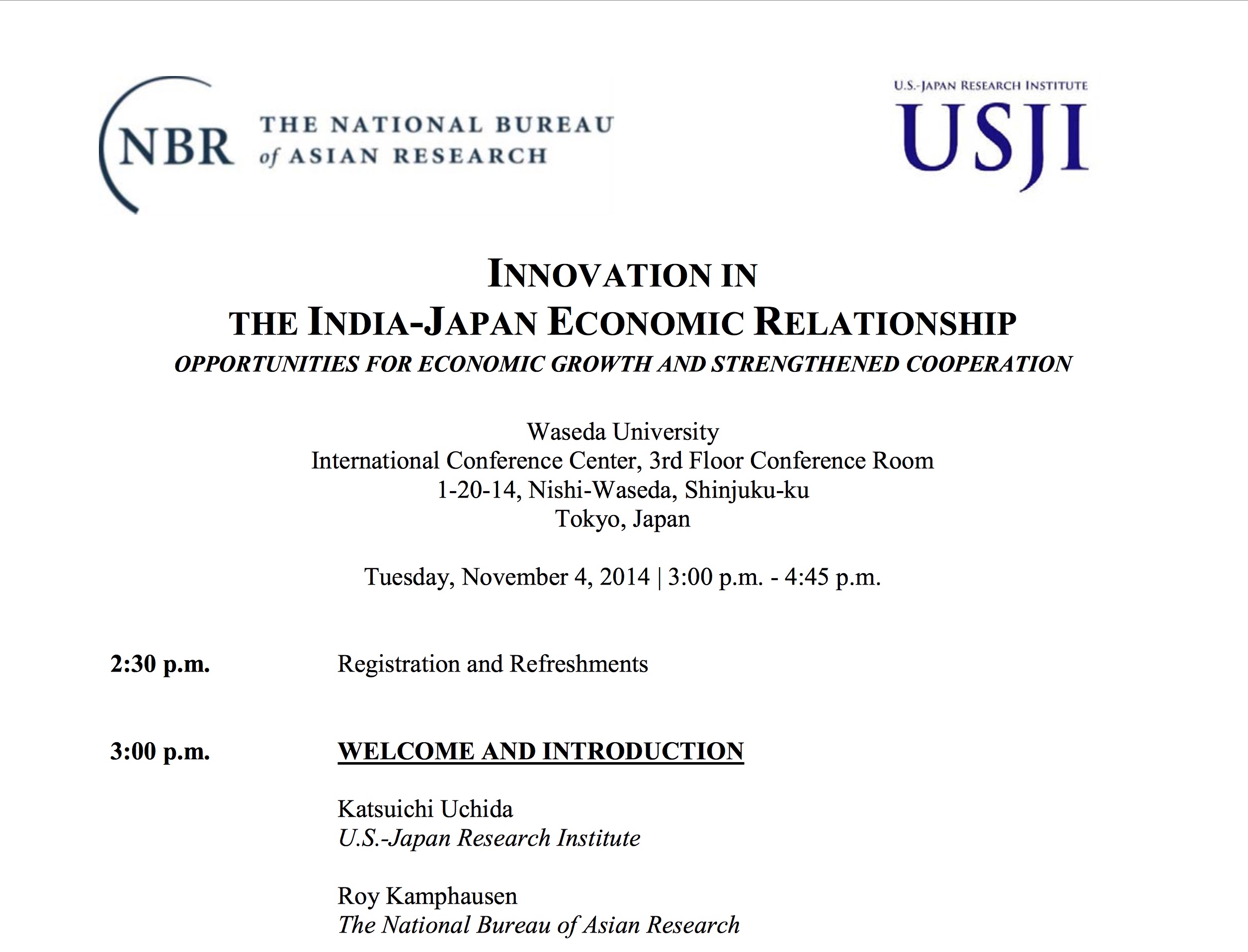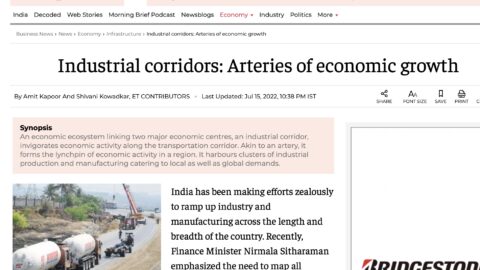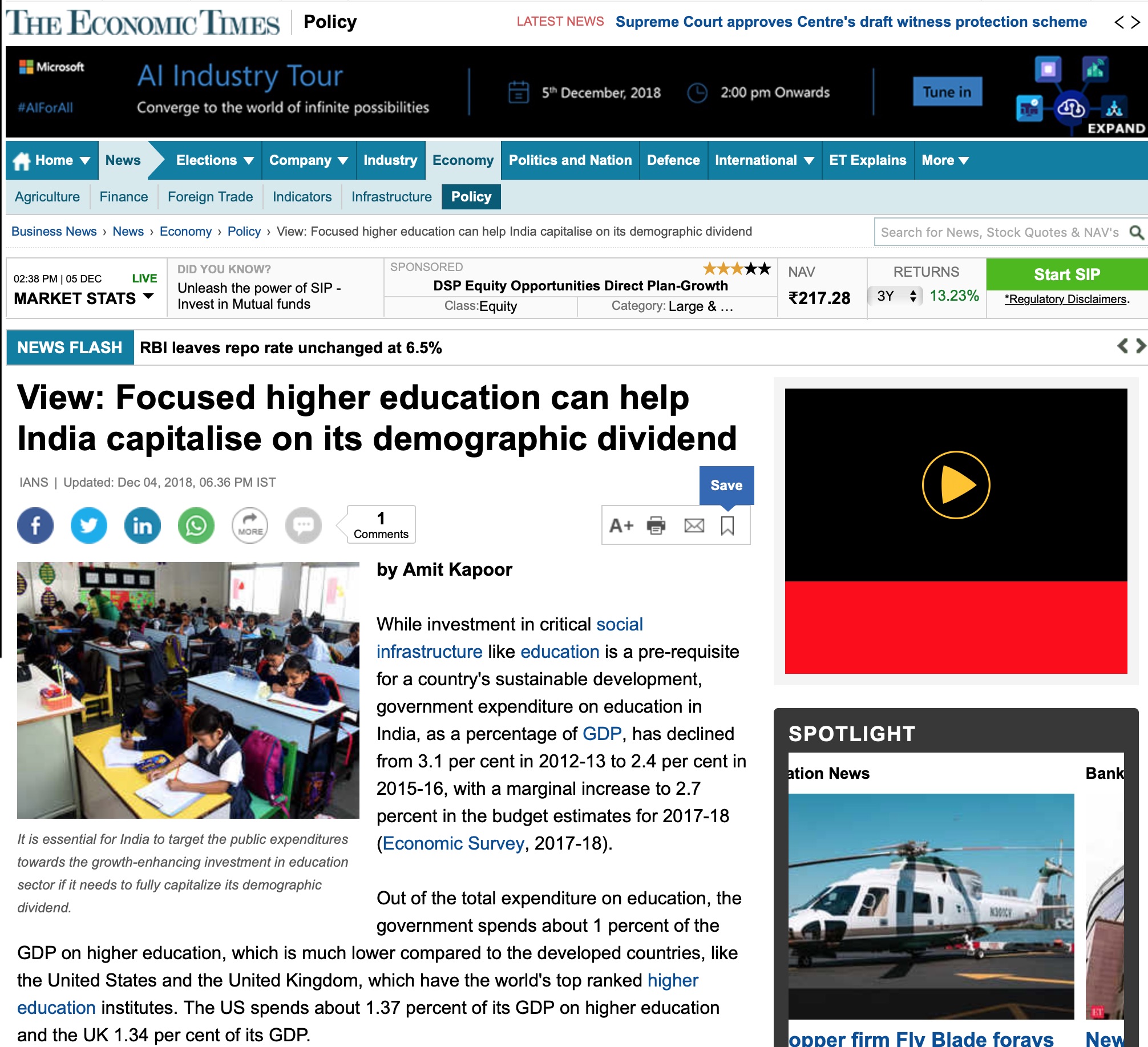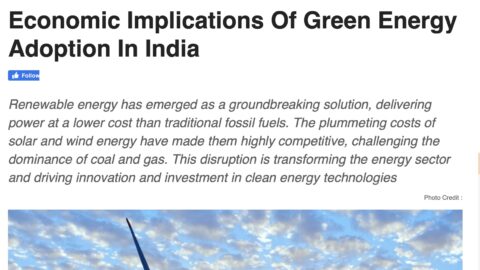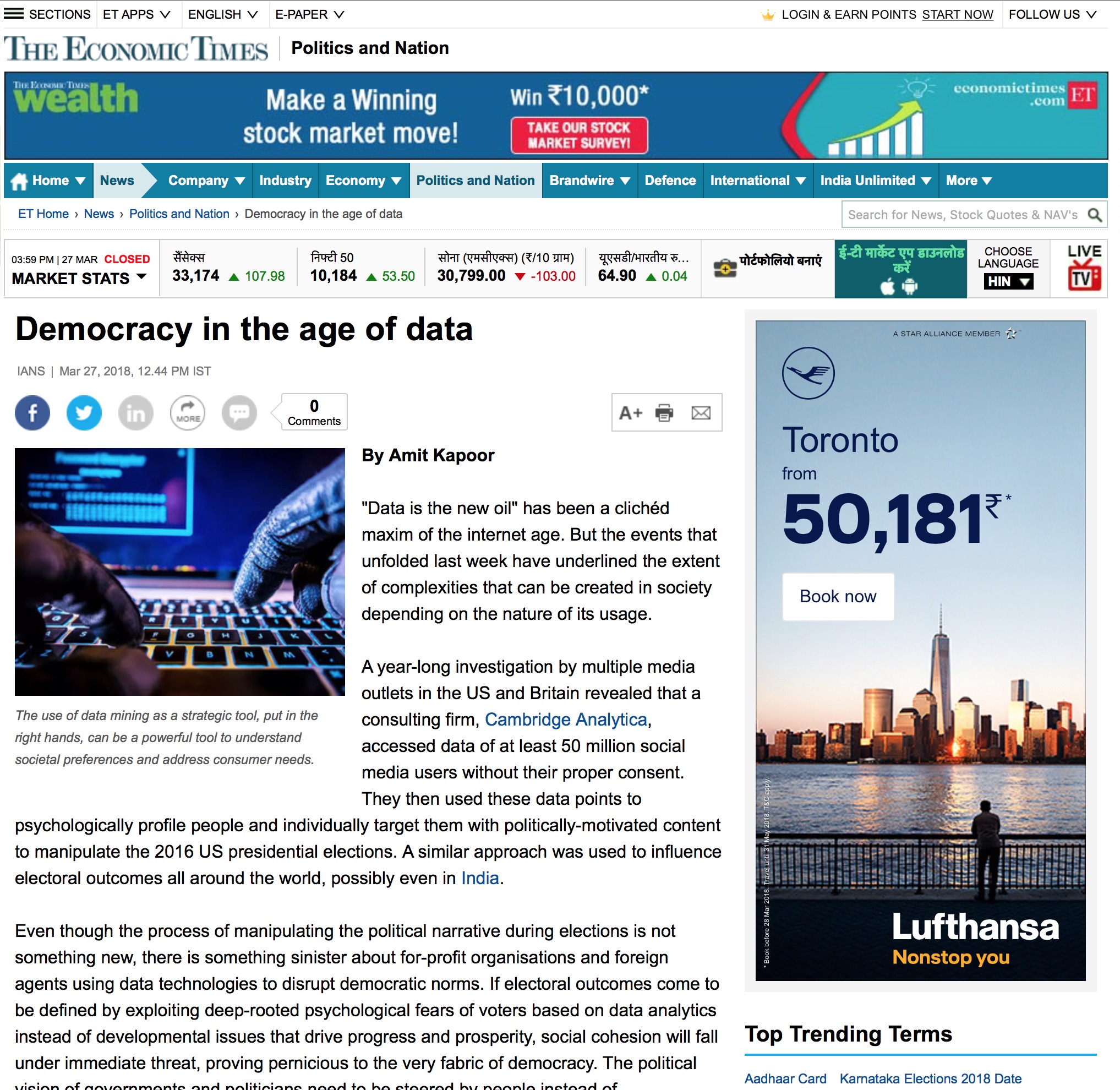Social development and environmental concerns are often not accorded the attention they deserve in public policy discourse. The reason for this is that they are often seen in direct conflict with economic prosperity.
However, over the years, development practitioners have realised that there is a strong link between social, environmental and economic development. This, they opine, is central to why there needs to be measurement and benchmarking across these vital dimensions of development.
So far several composite indices have been developed by development theorists and practitioners but very few look to solely measure social and environmental performance.
This is where the Social Progress Index (SPI) is a unique effort in measuring, tracking and benchmarking the social and environmental progress of locations. The Index originally started with measurement of countries but of late, there is an increasing realisation that measurement of social progress should be done at deeper levels of geography.
The most recent effort is the release of an annual global report on measuring and tracking social progress. The report defines social progress as “the capacity of a society to meet the basic human needs of its citizens, establish the building blocks that allow citizens and communities to enhance and sustain the quality of their lives, and create the conditions for all individuals to reach their full potential”. This year’s index ranks 133 countries on their level of social progress. There are four important insights which merit attention.
First, there is a very strong correlation between countries on social progress and prosperity levels as measured by GDP per capita. The correlation is as strong as 0.89. This means that countries which perform well on social progress tend to perform well on GDP per capita. Some countries at a particular level of prosperity (GDP/capita) are over-performers while others perform poorly and are relatively under-performers. The first category includes countries like Iceland while the second category includes countries like Saudi Arabia.
Second, there is significant overlap between sustainable development goals and social progress. The Sustainable Development Goals (SDGs) which have succeeded the Millennium Development Goals (MDGs) are more comprehensive in scope; however there is still an ongoing debate on measurement and setting tangible targets on SDGs. This is where the Social Progress Index (SPI) puts various areas on the 17 SDGs under a broad level framework. The dimensions of social progress — namely basic human needs, foundations of wellbeing and opportunity — cover most areas of the SDGs.
Third, India does not perform very well on the SPI. The country has improved its ranking to 98th but there is great scope for improvement. This is why India is categorised as a “low social progress” country. A look across the various dimensions of social progress for India shows that it has neither strength nor weakness across various components of basic human needs. Along the foundations of wellbeing dimension India is weak on access to information and communication as well as health and wellness components. Finally in the opportunity dimension, India is relatively weak in areas of tolerance, inclusion and personal rights. This is where India should try to improve.
Overall, the index and report throw light on the crucial challenges of social development. Over the next few years, policymakers across the world at various levels of geography should use insights from the research done to make social development a key priority.
Published with Business Standard on July 12, 2016.

